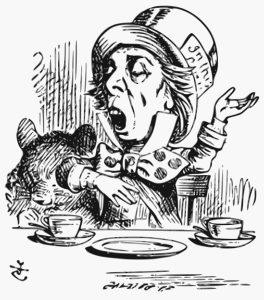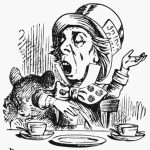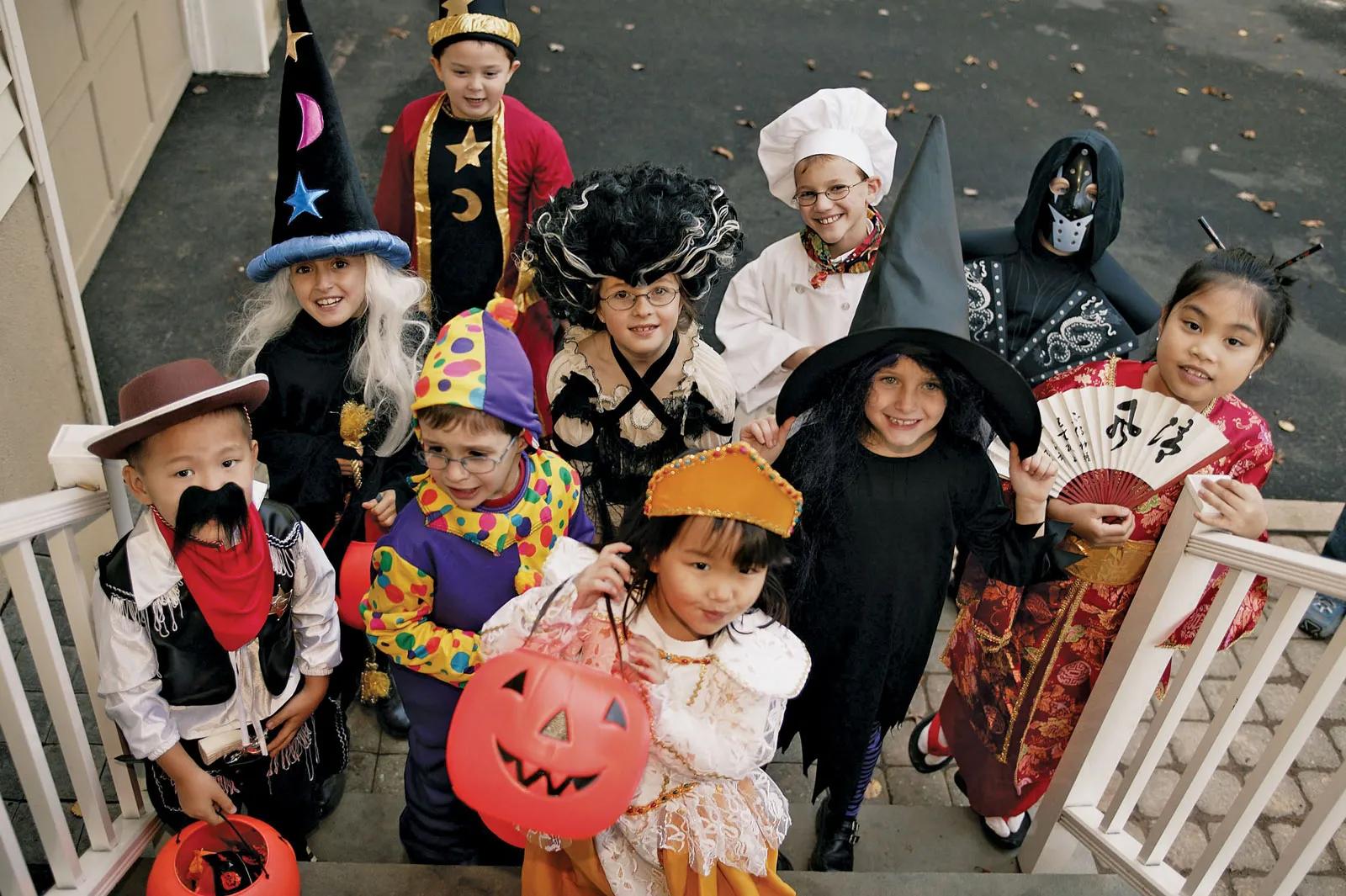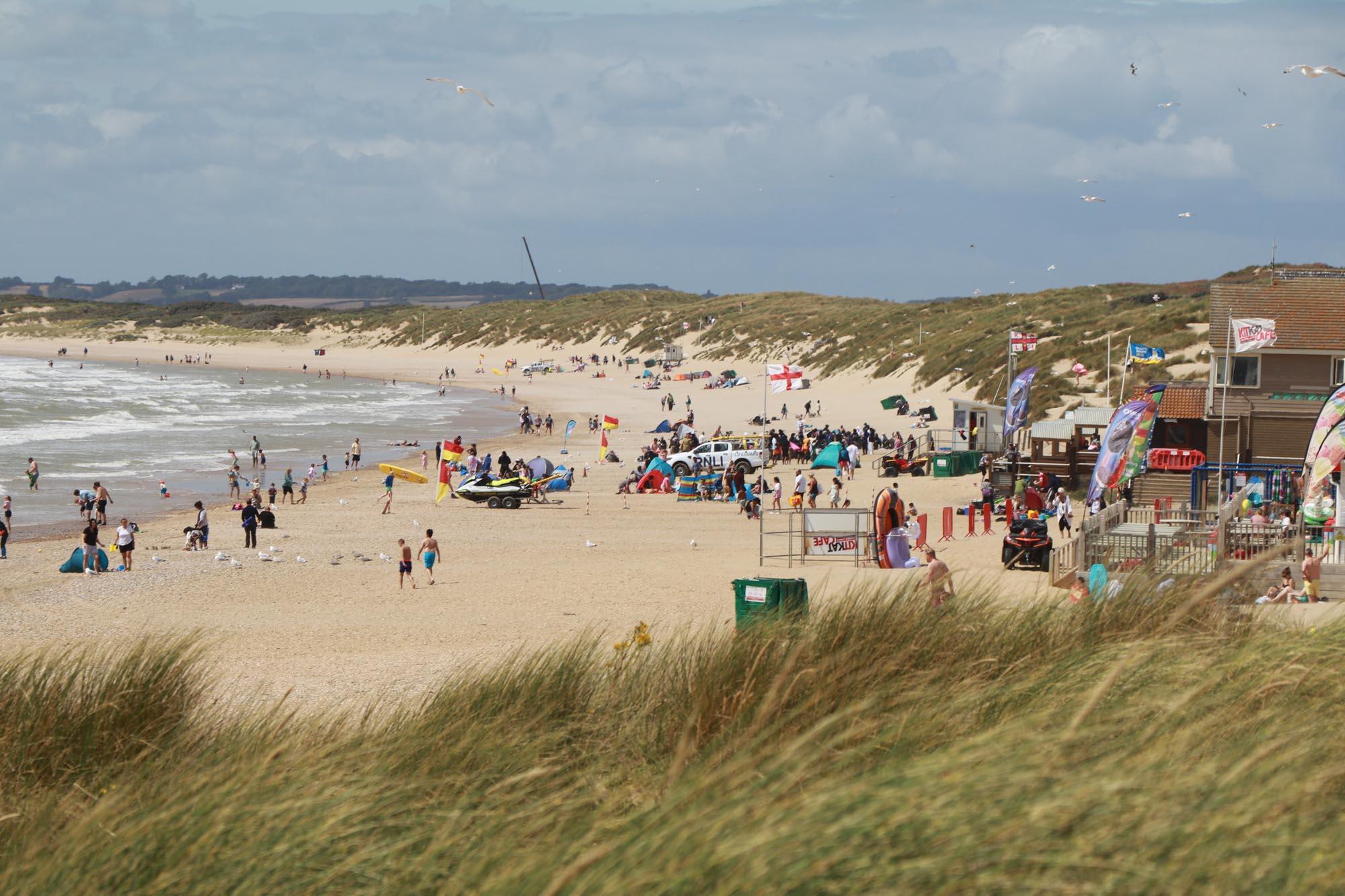
A couple of weeks ago I joined our usual walking group for a beach walk. The sun was shining brightly, the sea was calm, the winds were gone, the sky was a stunning shade of blue and, by the time we’d reached the Harbour Arm, a few of us already had our coats undone and hats off. Coupled with the daffodils which were starting to make a show here and there, and buds on the trees, we could well have been forgiven for assuming that spring was well and truly here! What a horrible awakening the next day when we awoke to two solid weeks of grey, miserable, freezing weather. Seems we’d been duped – February had decided to remain firmly in winter’s grip – and our thoughts of spring were misguided!
But, as according to the meteorological calendar, 1st March is officially the first day of spring – onwards and upwards!
As well as all that spring is supposed to bring, March also brings to mind two of the well-known characters in Lewis Carroll’s 1865 book about young Alice (Alice’s Adventures in Wonderland and, specifically, Through the Looking Glass in 1871), where the now famous Tea Party is attended by two supposedly “mad” guests – the Hare and the Hatter – neither of which, it transpires, were actually mad at all!
The strange behaviour displayed by hares at this time of year was seen described in poetry back in the early 1500’s and the phrase “Mad as a March Hare” can be traced back as far as 1546 when it appeared in John Heywood’s collection of proverbs, published that year. This is all based on the weird behaviour of the hares during the month of March, such as intermittently jumping vertically into the air for no apparent reason or becoming involved in boxing at each other and generally displaying somewhat abnormal behaviour. But they’re not actually mad – this is all just normal behaviour for these animals around the fact that March is the peak of their breeding season.
“Mad as a hatter” is another colloquial phrase used to suggest madness, with the earliest known appearance of the phase apparently in a publication called Blackwood’s Edinburgh Magazine in 1829, though the article in which it appeared is not mentioned.
The origin of the phrase is supposed to relate back to the trade of hat-making in 18th/19th centuries, when mercury was used in the production of felt, commonly used in the making of hats at the time. The long-term exposure often resulted in mercury poisoning which induced erethism (a state of abnormal mental excitement or irritation), characterised by slurred speech, tremors, stumbling and, in some cases, even hallucinations – all of which appeared to indicate an apparent madness.
So – two more examples of how things are not necessarily what they initially appear to be!!
Take care and stay safe!
LR








